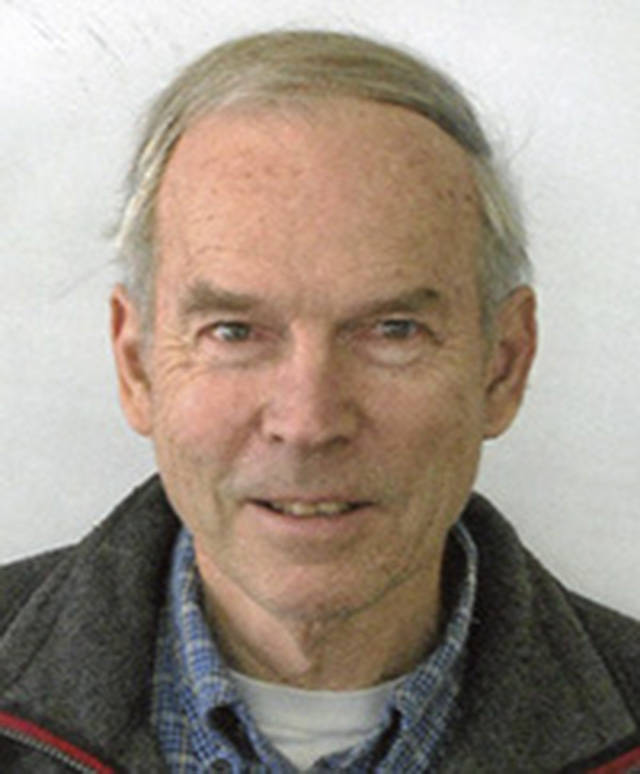by Migael Scherer
Special to the Weekly
Join Ian Lange as he takes his audience back to 2003 Cuba and forwards into the present. Slides and audience participation are part of his program, which will be held Thursday, Aug. 24 at 7:30 p.m. at Lopez Center.
Lange, who spoke last year about his travels to Iran, likes to see places “before they’re changed by crowds of tourists.” In Cuba he saw beautiful countryside that ranged from tobacco fields in the northwest to tropical mountains in the southeast; fascinating Spanish architecture; gleaming vintage automobiles; and — at the Havana opera house — Fidel Castro himself.
“I had no idea he was such a big guy,” Lange says. “Big frame, robust, 6 foot 4.”
Lange was struck most by the friendliness of the Cuban people.
“They like Americans,” he said, “and don’t seem to confuse us with our government.”
He met Cubans who yearned for what Western societies offer (freedom of choice, internet access, cell phones and good-paying jobs) and young people especially who desired change and wanted their country to “move on.”
Cuba and the United States have a long history of conflicts, from the Spanish American War in 1898 to the Cuban Missile Crisis in 1962 and the trade embargo in the early 1990s. Only in the last decade have tensions relaxed. Lange acknowledges the constraints of the totalitarian Castro regimes but also saw social progress during his visit: more tolerance of people of color, interracial marriage, free education, free medical care, home-ownership, and a literacy rate of 99.7 percent, one of the highest in the world.
Ian Lange is a retired professor of geology from the University of Montana. He has traveled extensively through South America, Eastern Europe, Asia and Africa.




